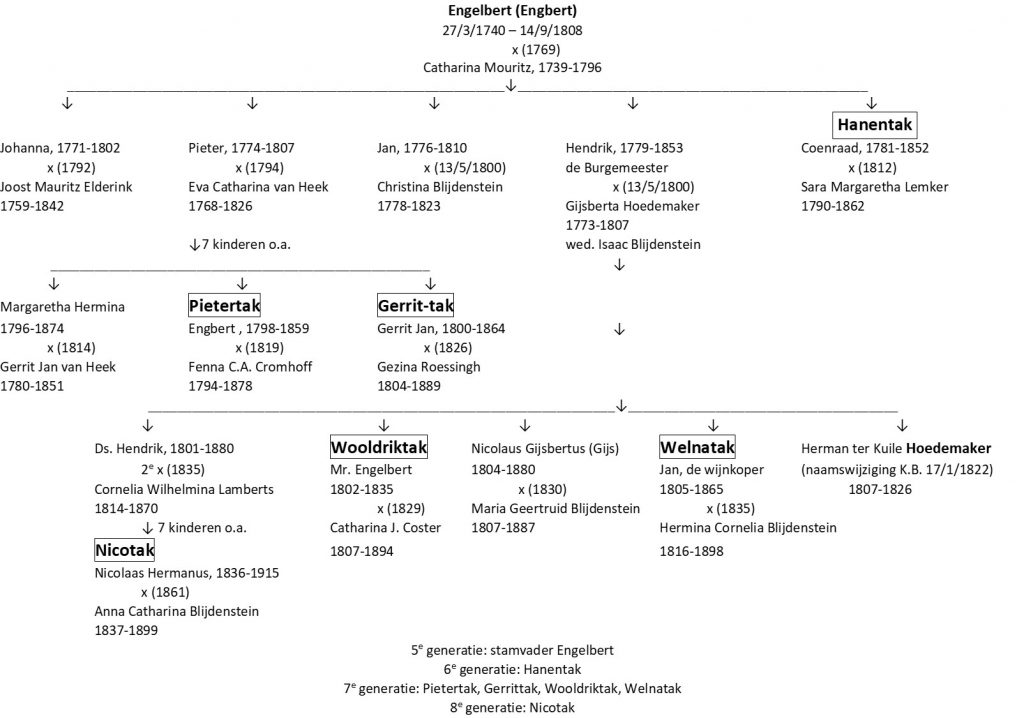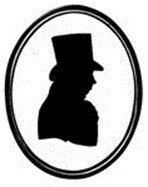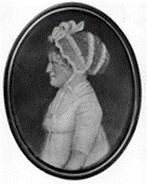Below you will find a brief description of the earliest history of the ter Kuile family, untill the branching out of the family (takken). You can read a much more extensive history of the family until about 1950 in the Family Book ter Kuile 2019, which will be published at the end of August 2019 on the occasion of the anniversary of the Ter Kuile Fund. Although the ter Kuile family spread around the world from Twente, it still regards itself more or less as a “clan” that maintains tradition and family ties. The Ter Kuile Fund supports the accessibility of the common history.
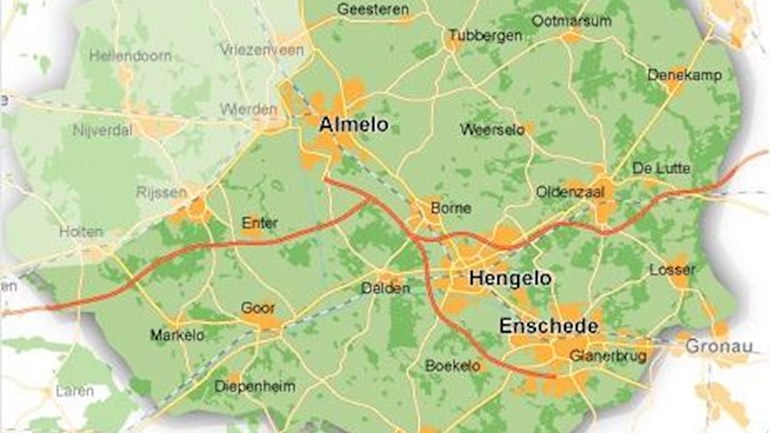
Ter Kuile: textile and Twente
The ter Kuile family is one of the textile families from Twente, a region in the east of the Netherlands. From the eightteenth century, the name ter Kuile has been linked to the textile industry in and around Enschede. The name tor Culen is already mentioned in Twente in the 14th century, but no genealogical line can be drawn. At the beginning of the 17th century, a farmer, “Kuil Herman named Besselinck”, Herman ter Kuile, settled in nearby Altstätte in Buurse, a so-called marke, between Haaksbergen and the border. The history of the ter Kuile family is described by G.J. ter Kuile in 2 family books, one from 1900 and one from 1926.
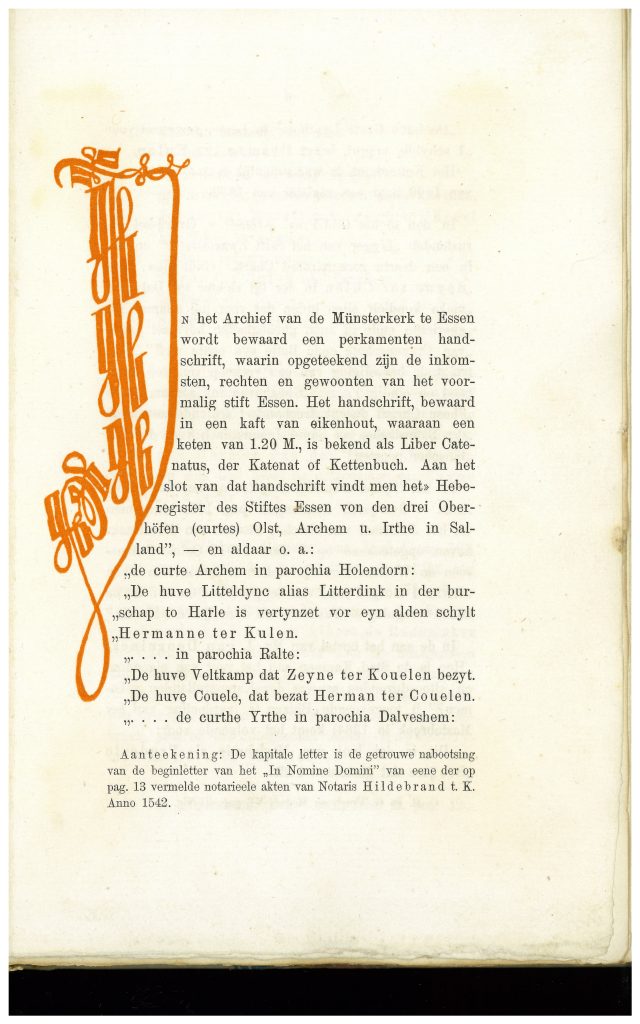
G.J. ter Kuile, Family Book Ter Kuile, 1900, with the description of the oldest mentions of the name ter Kouelen.
Herman ter Kuile – 1st generation
Herman ter Kuile Herman ter Kuile (? – died before July 5, 1647) – the first generation – has 2 sons and 2 daughters. His son Jan ter Kuile (born unknown – 1703) – second generation – is the father of Engelbert ter Kuile (1660-1748) – third generation. We know relatively much about Engelbert, a trader and a farmer, because a diary has survived that is still preserved in the family. Engelbert ter Kuile built the “De Koelboer” farm in 1728, which can still be seen on Alsteedseweg 50A in Haaksbergen.
G.J. ter Kuile sr and jr describe in the Family Book of 1926 the environment of this old farm: “Only sniffing old family papers is inadequate. We have to put ourselves in the work of our ancestors, their effort, their worries and cheerfulness, when we ourselves take the wonderful effort of once, no more than once wandering around there, through that wide mark along the Buurser stream, completely from the Besseler to the Laakmors. You can’t find more beautiful brook, there is no wider nature. ”
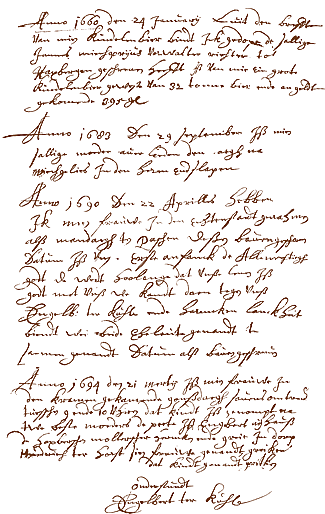
A page of the diary of Engelbert ter Kuile 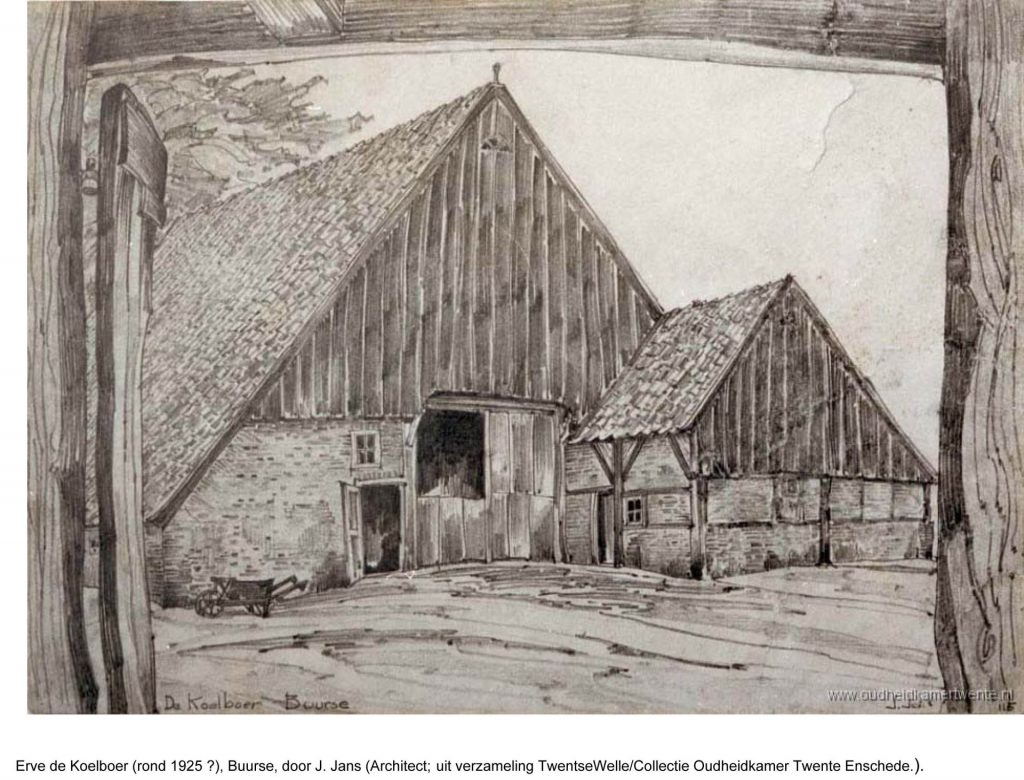
The ‘Koelboer’ the ancestral farm at Buurse.
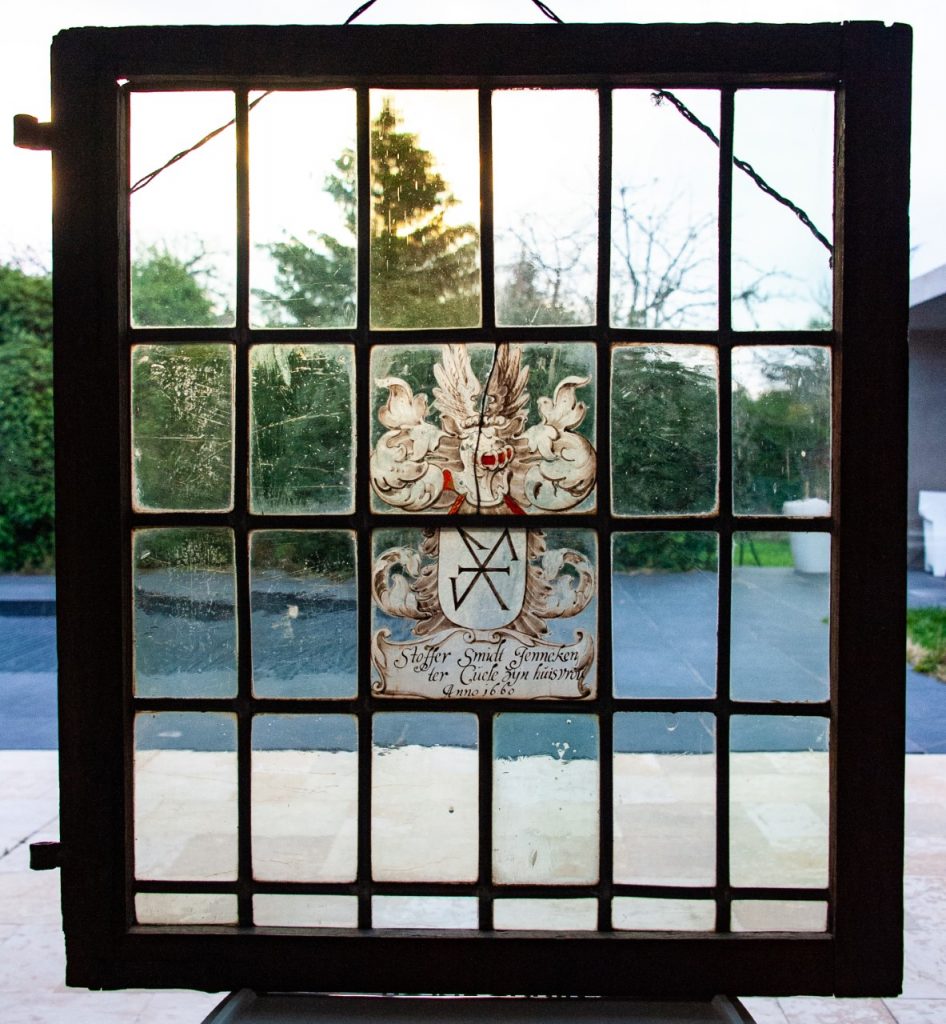
Engelbert ter Kuile (1740-1808)
Jan ter Kuile (1695-1743) – the second son of Engelbert ter Kuile – fourth generation – established himself in 1739 as a linen and tobacco merchant in Enschede. Jan marries Aaltjen Oosterveld (1703-1765) and has two children. The oldest is Engelbert ter Kuile (1740-1808) – fifth generation. Engelbert grows up in Enschede with his step-brothers and sisters Queckeboom. Together with his half-brother Jan, Engelbert starts Queckeboom & ter Kuile. After his marriage to Amsterdam’s Catharina Mouritz (1739-1796), he became the common ancestors of all subsequent generations of ter Kuile’s and their six branches. They have six children together. Engelbert is mentioned on the “Name list of Fabrikeurs” and manufactured textiles “all sorts of barked and un-billed Bombazine, Cotton Baaijen and Marceilles.” In 1765, Engelbert buys “huys and hoff” “t Loonshof” located on the south side of Enschede and adjacent to the city canal, where the “fabryck” process (bleaching, painting and calendering) takes place. But Engelbert’s strength and interest lies more in the field of public administration. According to the note written after his death in the Baptismal Book “he was one of the wisest and best citizens of our city”. From 1776 he was mayor of Enschede for many years.
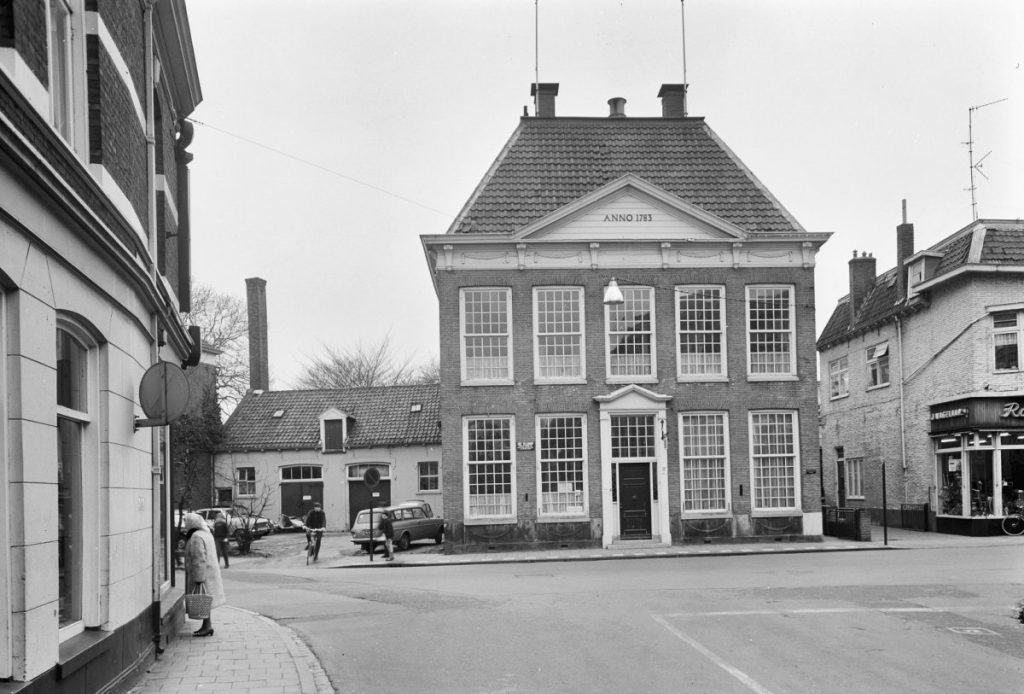
Through his marriage in 1769 to Catharina Mouritz, heiress of a goldsmith in Amsterdam, Engelbert is a wealthy man. Unfortunately, all possessions were lost in the Enschede city fire in 1862, when “’t Loonshof” burned down completely. For their daughter Johanna, who married Joost Maurits Elderink in 1792, father Engelbert ter Kuile buys in 1799 a house on the Gronausestraat, the Elderinkshuis, the only house from the end of the 18th century still present in Enschede. In 1794 Engelbert and Catharina buy a house and estate for their son Pieter on the Markt in Enschede. That year Pieter married Eva Catharina van Heek, daughter of Gerrit Jan van Heek, mayor of the city of Delden. After two daughters, Catharina and Margretha, Pieter and his wife have five more children, of which four are sons. The first two Engbert and Gerrit Jan become the ancestors of the Pietertak and Gerrittak respectively. Pieter dies at the age of 33. His textile business is continued by his wife and later also his second daughter Margaretha. After the death of Engelbert ter Kuile in 1808, the factory in bombazines that was founded in 1802 under the name E. ter Kuile and sons is continued by his son Coenraad ter Kuile (1781-1852) – sixth generation – ancestor of the Hanentak.
Margaretha Hermina ter Kuile (1796-1874)
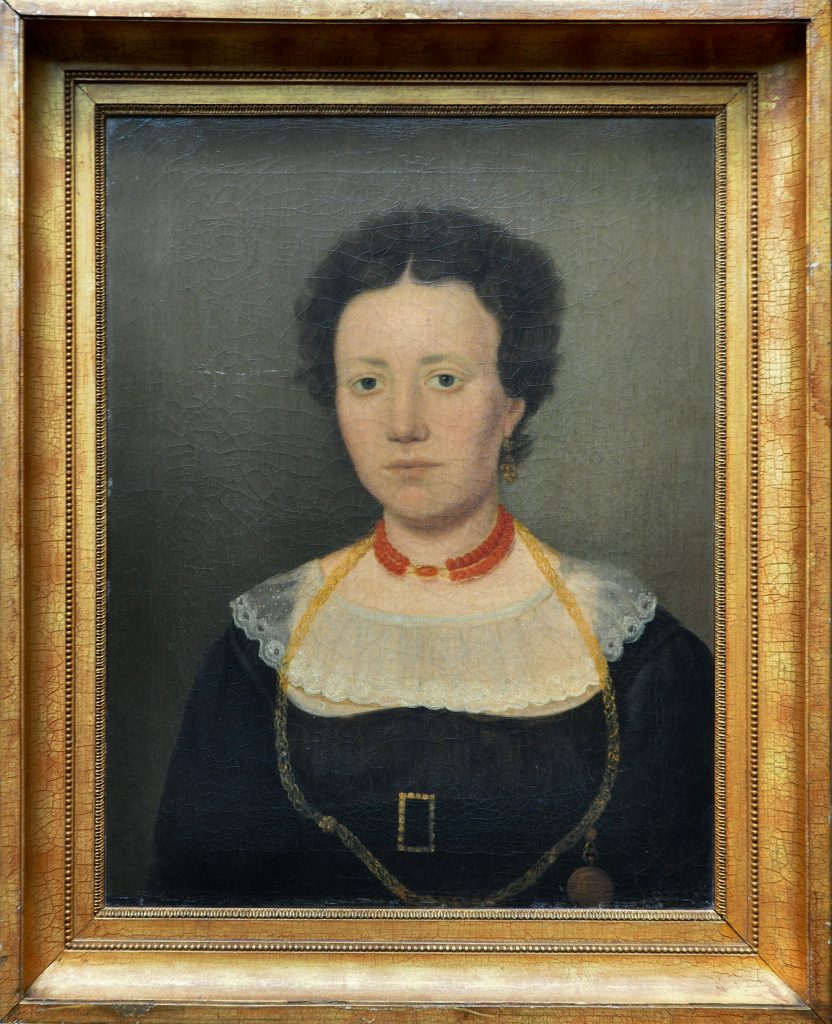
Margaretha ter Kuile 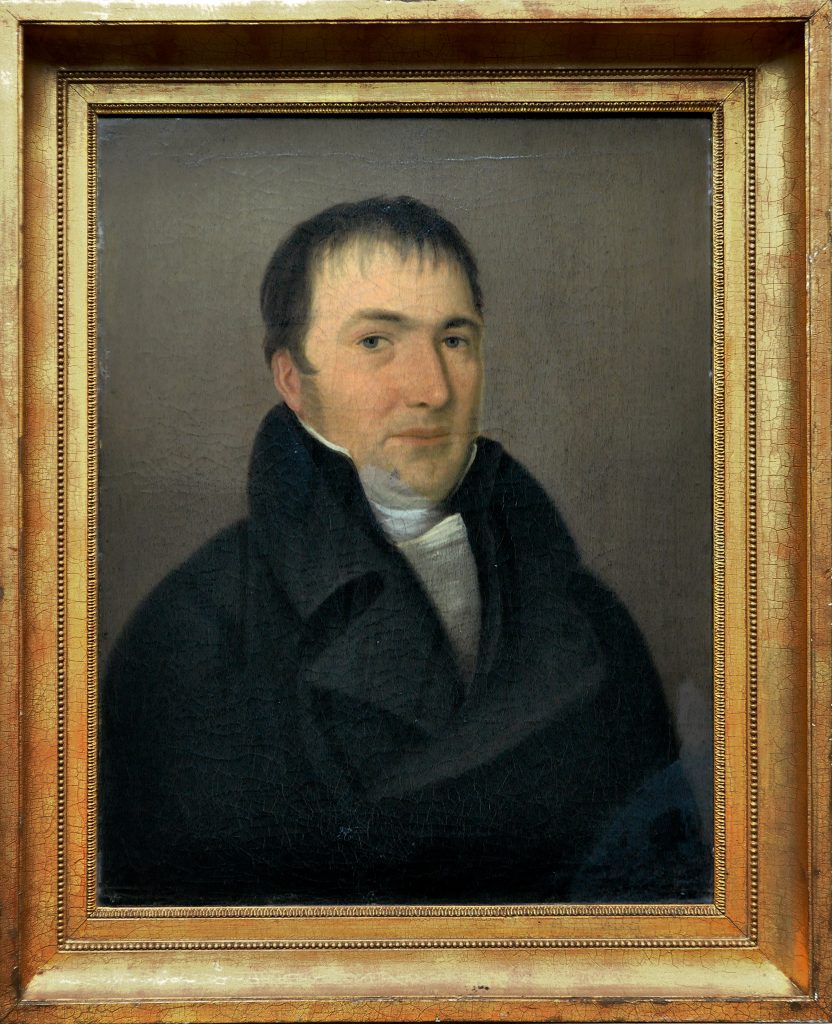
Gerrit Jan van Heek
When her father Pieter ter Kuile dies, Margaretha is only 11 years old. The young Margaret learns the craft of textile making from her mother. A few days before her 18th birthday she married her cousin and widower Gerrit Jan van Heek. The couple has fourteen children, six of whom die at a young age. The death of Gerrit Jan in 1851 is the cause of the liquidation of H.J. van Heek & Zonen and the establishment in 1859 of Van Heek & Co. (3 sons of G.J.’s brother Helmich) and Gebr. Van Heek / Schuttersveld (3 sons of G.J. and Margaretha). After the death of her husband Gerrit Jan, Margaretha Hermina co-signed the balance sheets of the old firm H.J. van Heek & Sons. In addition, she has for many years independently driven her own export trade in textile goods to the former markets of the Dutch-Indies. She was a capable woman knew exactly what she wanted and did what she wanted, according to Johan Hemken in his description of the history of Gebr. Van Heek N.V. “Schuttersveld”.
Hendrik ter Kuile (1779-1853)
“What a privilege to be the first to compile a biography of this excellent man …”, thus begins father or son G.J. ter Kuile in the Family Book from 1926 the biography of Hendrik, the third son of Engelbert ter Kuile and Catharina Mouritz. To continue “… although this attempt may also be very objectionable, because extensive, coherent data about his life are almost completely missing.” The only visual material that remains is two silhouettes of Hendrik and his wife Gijsberta Hoedemaker.
Hendrik continues to live his entire life at the “’t Loonshof” in Enschede. He becomes partner of the textile factory of his father (6-9 day laborers) located there. In 1800, at the age of 21, he marries Gijsberta Hoedemaker, widow of Isaac Blijdenstein and mother of a daughter. Hendrik and Gijsberta have five sons. When the youngest, Herman, is a month and a half old, Gijsberta suddenly dies in 1807. A year later his father Engelbert dies. In addition to working in the factory, Hendrik, just like his father, starts a political career. During the French reign he became under maire J.B. Blijdenstein Deputy Maire, untill in November 1813 the Cossacks drive into the gates of Enschede. This puts an end to the French organization of the city administration, the function of deputy maire is canceled and Hendrik becomes alderman.
Hendrik acquires different lands. In Buurse he bought the Koelboer in 1815 and the heir Markslag in 1830, both previously owned by his great-grandfather Engelbert. By inheriting his late wife Gijsberta Hoedemaker, Hendrik, among others, owns the Helmer estate under Usselo. In 1828 he buys for 2,700 florins half of Annink’s estate in the Great Driene market. Later he also buys the other half. Hendrik also buys pieces of heather land in the neighborhood of Hooge Boekel. In the famine year of the potato disease (1845), he had a large part of this land reclaimed as a job to provide people with extra income. In 1848, Hendrik expanded his property there. He had the demolition of a farmhouse from Twekkelo, an outer area on the other side of the town, transported to the Hooge Boekel and re-erected there. By Royal Decree of 3 May 1829, Hendrik was appointed mayor of Enschede, which at that time had 2,600 inhabitants. In 1850, Hendrik asked the King honorable discharge. Hendrik is remembered as “a caring and just father and magistrate, industrious and yet calm, noble and devout”, the detailed description of life about mayor Hendrik ends in the Ter Kuile book of 1926.
Three family branches begin with sons and a grandson of Mayor Hendrik. Despite his early death, the second son Engelbert ter Kuile (1802-1835) became ancestor of the Wooldriktak. With Jan ter Kuile (1805-1864), the fourth son of the mayor, the Welnatak starts. The eldest son of mayor Hendrik ter Kuile is Pastor Hendrik ter Kuile. He has seven children from his second marriage. The oldest, son Nicolaas Hermanus ter Kuile (1836-1915), becomes the ancestor of the Nicotak.
